For several years, I have had the impression of rambling by writing to you once again that our lakes are in very good health. But, this is case. We have almost 20 years of data and the latest numbers as you will see when consulting the latest charts are as good as they come.
Since the implementation of the new protocol for collecting the water samples in 2018, our results have been admirable. All 4 lakes are all classified as oligotrophic * . Variations from one year to the next are in the margin of error.
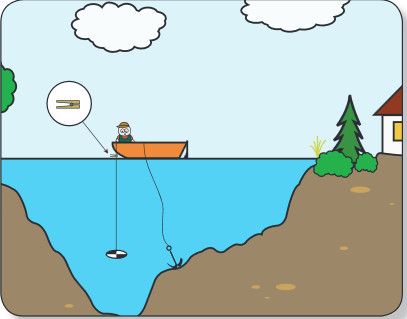
Allow me to remind you that we measure several indicators: phosphorus, chlorophyll and dissolved organic carbon. The first two – especially phosphorus – are the most important. Dissolved organic carbon being mainly used to measure water colouring. The Ministry of the Environment also asks us to collect samples which are used to measure chlorides and conductivity. The current does not pass in limpid water but if it contains many particles it will be the case. This information is mainly used for research projects.
The main indicator is therefore the phosphorus count, measured in µg/litre. Just as important is the transparency data that we collect ten times during the summer season. Transparent water is a sign that there is little phosphorus and chlorophyll (algae in suspension).
Some will remember that one of the 2023 results from Boyd lake was a source of concern. Good news. The results of this lake in 2024 allow us to conclude that the troubling sample was undoubtedly contaminated and that it was therefore an aberration.
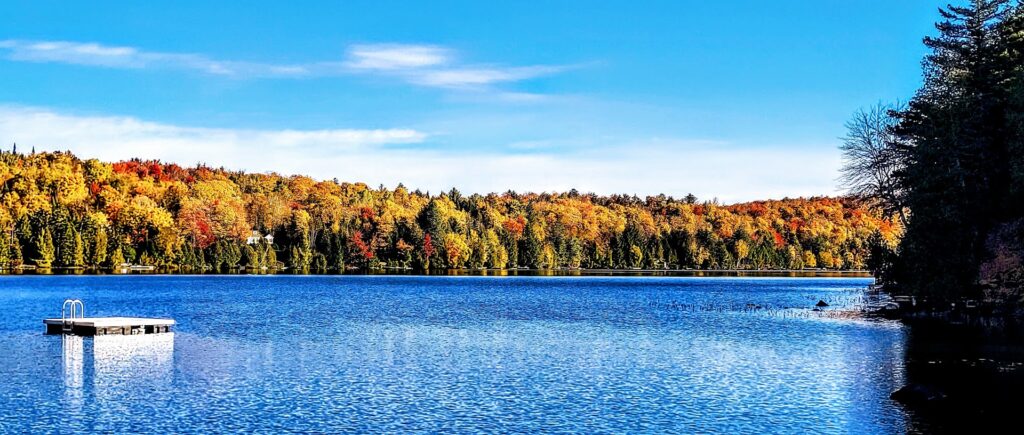
Even if our results are very good, it does not mean that we can rest on our laurels. Lakes are fragile, very fragile environments. We should never lower the guard and always remember that if the lakes weren’t there we would not be there either.
Issues with some historical data.
I now want to share with you my analysis of the summary of phosphorus results in Clear Lake from 2006 to the present day. I should first remind you that the phosphorus data provided to us by the Quebec Ministry of the Environment before 2018 were erroneous, very underestimated, especially those from 2011 to 2018. This is why in May 2018, I titled my annual report on the state of our lakes with the following : The 2017 results of our lakes: are they too good to be true?
They were. The results were incredibly low. Experts concluded that plastic containers were absorbing phosphorus and that the volume of the sample used was insufficient.
The ministry therefore undertook to correct them using chloride data and equations according to the dates of the samples. The results, especially those from 2011 to 2018 are stunning. Phosphorus data, formerly underestimated, were now, way over-estimated.
These corrected numbers are also overestimated in the Black, Boyd and Curran lakes, but to a slightly lesser extent.
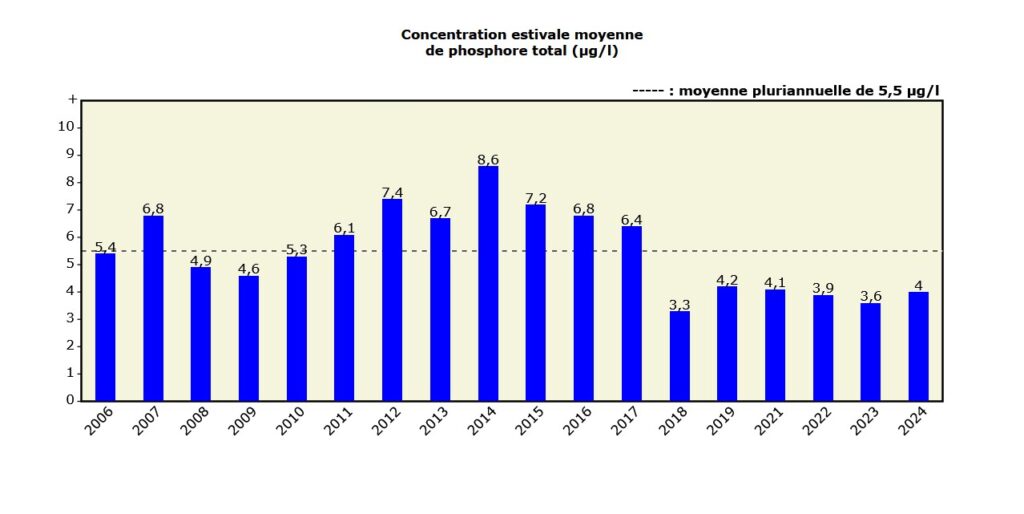
Let me take the example of the Clear lake that I known well as I have lived for almost 30 years. Look carefully at the chart above. They show that between 2017 and 2018, the phosphorus count would have dropped by half, a level that has been maintained at this level to the present day. Such a drop is highly improbable, especially since there was nothing, no special event that could have caused this dramatic and permanent fall in the phosphorus rate. Statistically, it’s impossible. The data from 2009 to 2018 that underestimated phosphorus levels have been revised to produce significantly overestimated phosphorus levels for our lakes.
Bottom line, the data from 2011 to 2018 that underestimated our phosphorus levels have been revised and the formula used to revise them significantly overestimated phosphorus levels for our lakes.
Go figure!
This is important, because this over-estimation of the phosphorus content of these 19 years, 5.5 µg/litre for Clear lake, in all our lakes ensures that the averages of these 19 years is over-estimated, therefore false.
During my exchanges with people from the RSVL, I learned that their specialists had stuck the “suspect” label to these data. Here, well!
Even if I would have given them the “highly improbable” label ” I suggested to keep the graph but to add a note, a simple warning to make sure that the reader understands that the data from that period is not original and was produced using a complex formula that can sometimes generate erroneous results. That warning is necessary as I believe that the public has the right to know the truth. If the ministry publishes that data without warning, it tells us that the data is reliable. Which is wrong.
I didn’t feel like I was asking them to parachute in the middle of winter, just showing a little act of humility. I received a good listening from the two team professionals and who found my suggestion quite reasonable. Unfortunately, their bosses refused to follow up on it. I had had asked to meet with them to make my case but did not get a reply. Sad!
The next steps.
We will obviously continue to work with the RSVL. First, there is not really an alternative. Two, there are very competent specialists there and this is where all our data has been stored since 2006. In addition, their database holds the data of around 800 lakes in Quebec, many of them in the Laurentians. The program thus allows us to make very useful comparisons.
Those who attended our Annual General Meeting (AGM) last summer already know that this year I am retiring as the DCA Board member responsable for of the environment file. My successor is Daniel Payette, also from Clear Lake, who, with his wife Johanne Vallée, already a DCA Board member, will ensure the sustainability of the water quality control program in our lakes. France and I will however still be there to assist them and support them for this activity which is the raison d’être of our association.
I also take the opportunity to thank all the volunteers who participate in this activity and who, three times each summer take water samples in our lakes by following a very strict protocol to avoid contamination in addition to measuring transparency ten times, at regular intervals.

First on the list is my dear wife France, a trained lab technician, who, during all these years, managed the water sampling process and trained our volunteers. She deserves a gold medal!
A huge thank you goes to the four musketeers: Gustavo Labbé at Black Lake, Bonnie Swaine at Boyd, François Côté at Lac Clair and André Therrien at Curran. Without forgetting all those who preceded them: I am particularly thinking of Rick Havill, John Parsons, Lois and Jim Finch and Sheryl Jackson.
Let us continue to protect our lakes because, without them, most of us would not be here.
* Oligotrophic lake: characterized by a low accumulation of dissolved nutrient salts, supporting but a sparse growth of algae and other organisms, and having a high oxygen content owing to the low organic content.

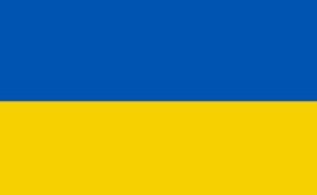
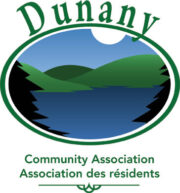
I am sure all our Grandchildren are very grateful for all the hardworking Dunany residents have done to persevere our beautiful lakes!
Merci!
Angie
Thank you Jacques, France and the environment team! Your work in the field and through these updates is very appreciated. I always learn something new from your posts.
And thank you to Daniel and Johanne for stepping in to continue this work!
Thanks for all your efforts Jacques & France Enjoy your ‘retirement’
Great news about health of all our lakes & thanks for the explanations.
Fantastic Jacques! Thanks to you, France and your team for your outstanding efforts.
Yes, lets conitunue to protect our lakes. Thank you very much for all your efforts!
Jacques, truly outstanding work over all those years… The whole community thanks you and France for all you have done to help educate us and preserve our lakes
Great work!!!